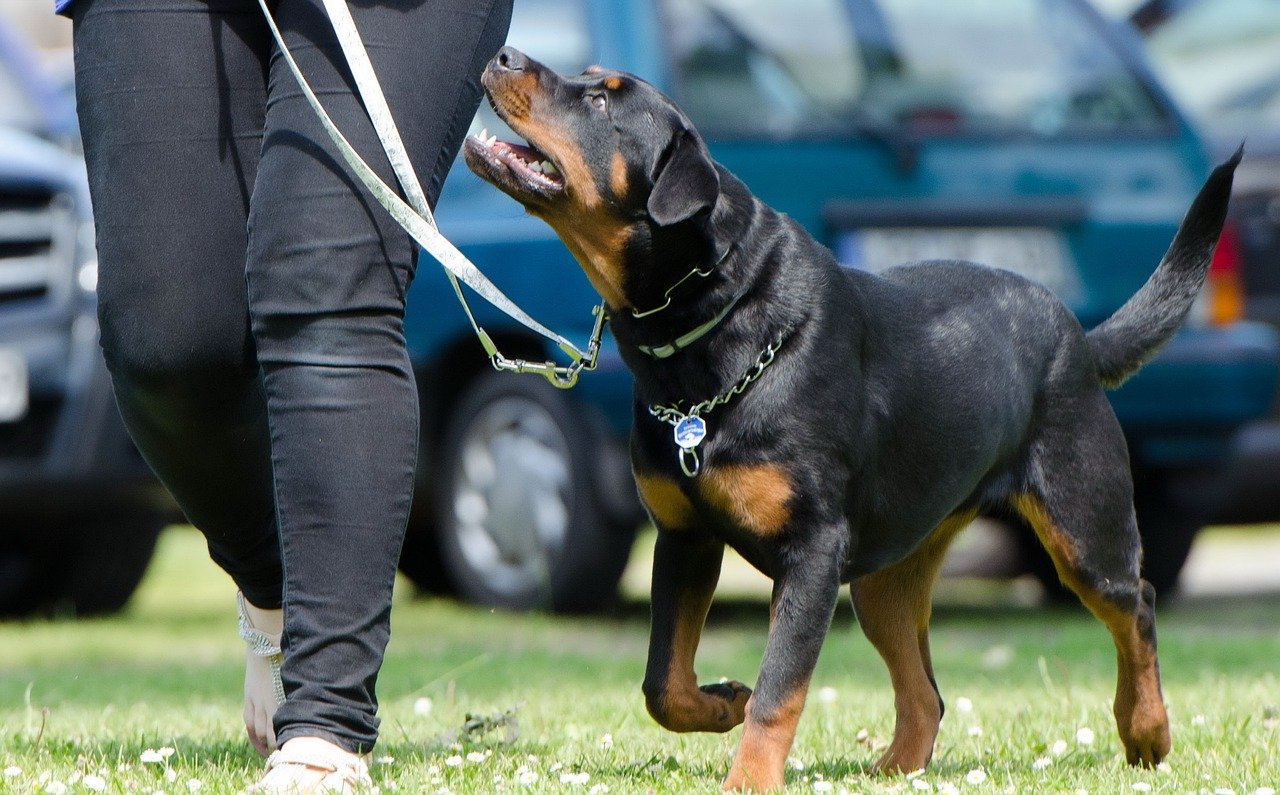Have you ever wondered why some dogs seem to connect instantly with their humans, while others remain distant or misunderstood? The answer might just lie in how we approach their training. Every breed has its own quirks, strengths, and needs—ignoring these can create frustration on both ends of the leash. But when we embrace what makes each breed unique, the results can be magical. Let’s dive into 15 breed-specific training techniques that not only improve obedience but also deepen the special bond between you and your four-legged friend. Prepare to be surprised, inspired, and maybe even a little emotional as you discover just how rewarding tailored training can be!
Labrador Retrievers: Channeling Boundless Energy into Purposeful Play
When it comes to training your dog, one-size-fits-all approaches often fall short — especially when you consider the wide range of personalities, instincts, and energy levels across different breeds. What motivates a Border Collie may bore a Bulldog, and techniques that work wonders for a Labrador might confuse a Shiba Inu. By tailoring your training methods to your dog’s breed-specific traits, you not only improve results but also deepen your connection and mutual understanding.
Labrador Retrievers are famous for their seemingly endless energy and unwavering enthusiasm. Instead of battling their exuberance, the secret lies in channeling it. Training sessions for Labs should always include plenty of fetch and retrieval games, tapping into their natural instincts. These dogs thrive when they’re given a task, whether it’s fetching a ball or carrying groceries. Positive reinforcement, like treats and praise, works wonders with them. Consistency is key; short, frequent sessions help maintain their attention. Labs also love to please, so incorporating simple service dog tasks can make them feel important and deepen your bond. Remember, for a Labrador, play is not just fun—it’s a bridge to your heart.
German Shepherds: Building Trust Through Structured Challenges

German Shepherds are intelligent, loyal, and protective. They excel when given structure and clear expectations. Training techniques should include obedience drills that challenge their minds, such as advanced commands or agility work. These dogs appreciate a leader who is firm yet fair, so always combine discipline with affection. Using toys as rewards can motivate them, especially when mixed with praise. Daily routines and consistent commands help them feel secure. Socialization is vital for this breed—expose them to new people and places to build their confidence. When a German Shepherd trusts you, they’ll move mountains to make you happy.
Border Collies: Satisfying the Intellectual Powerhouse
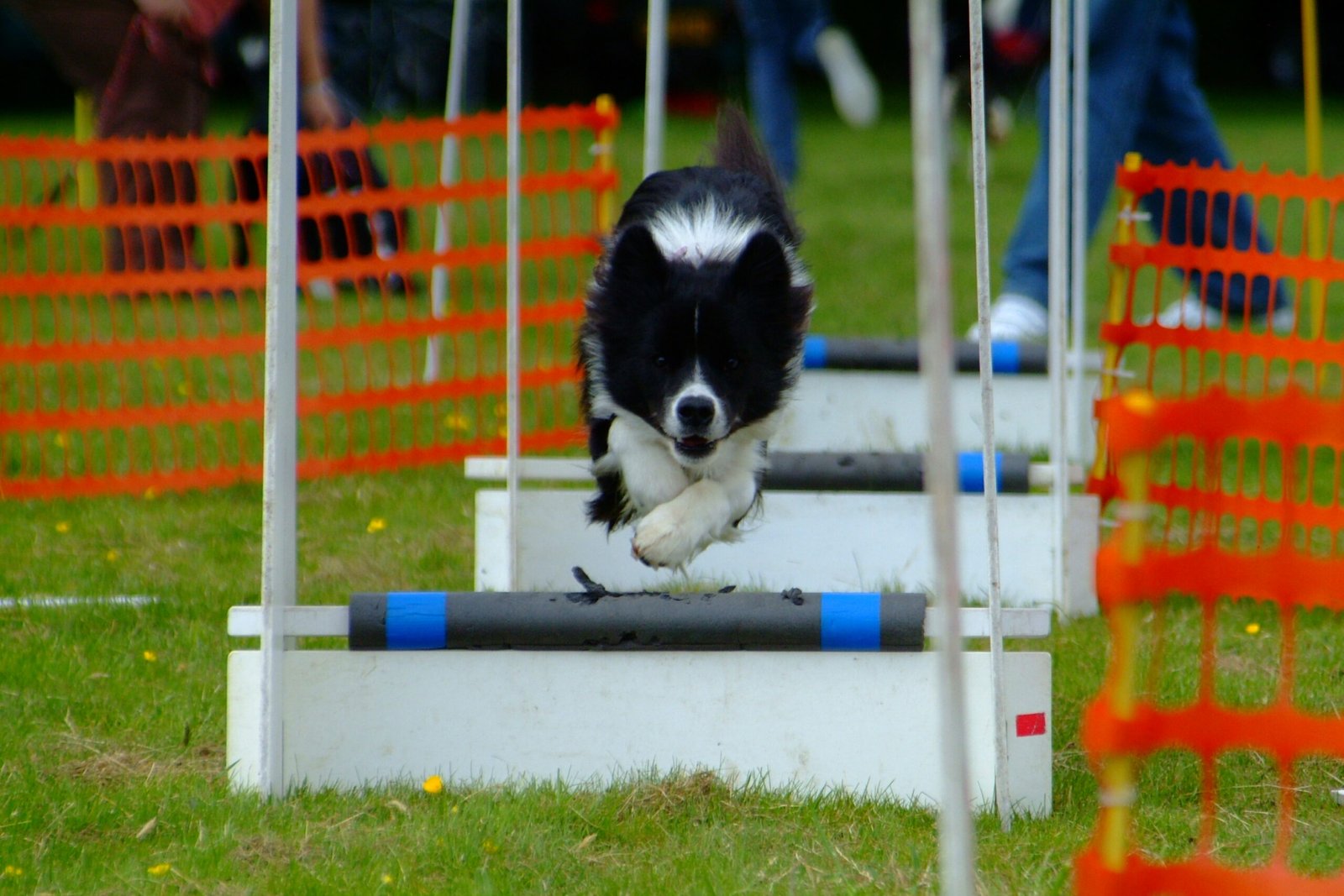
Border Collies are the Einsteins of the dog world. They crave mental stimulation even more than physical exercise. Training should incorporate puzzle toys, trick training, and games that require problem-solving. Teaching them new commands regularly keeps them engaged. Herding games, like directing them to round up toys or even family members, play to their instincts. Positive reinforcement must be immediate and enthusiastic to maintain their interest. These dogs can get bored easily, so variety in training is crucial. When you challenge a Border Collie’s mind, you’ll see just how deep your connection can grow.
Golden Retrievers: Harnessing Affection for Cooperative Learning
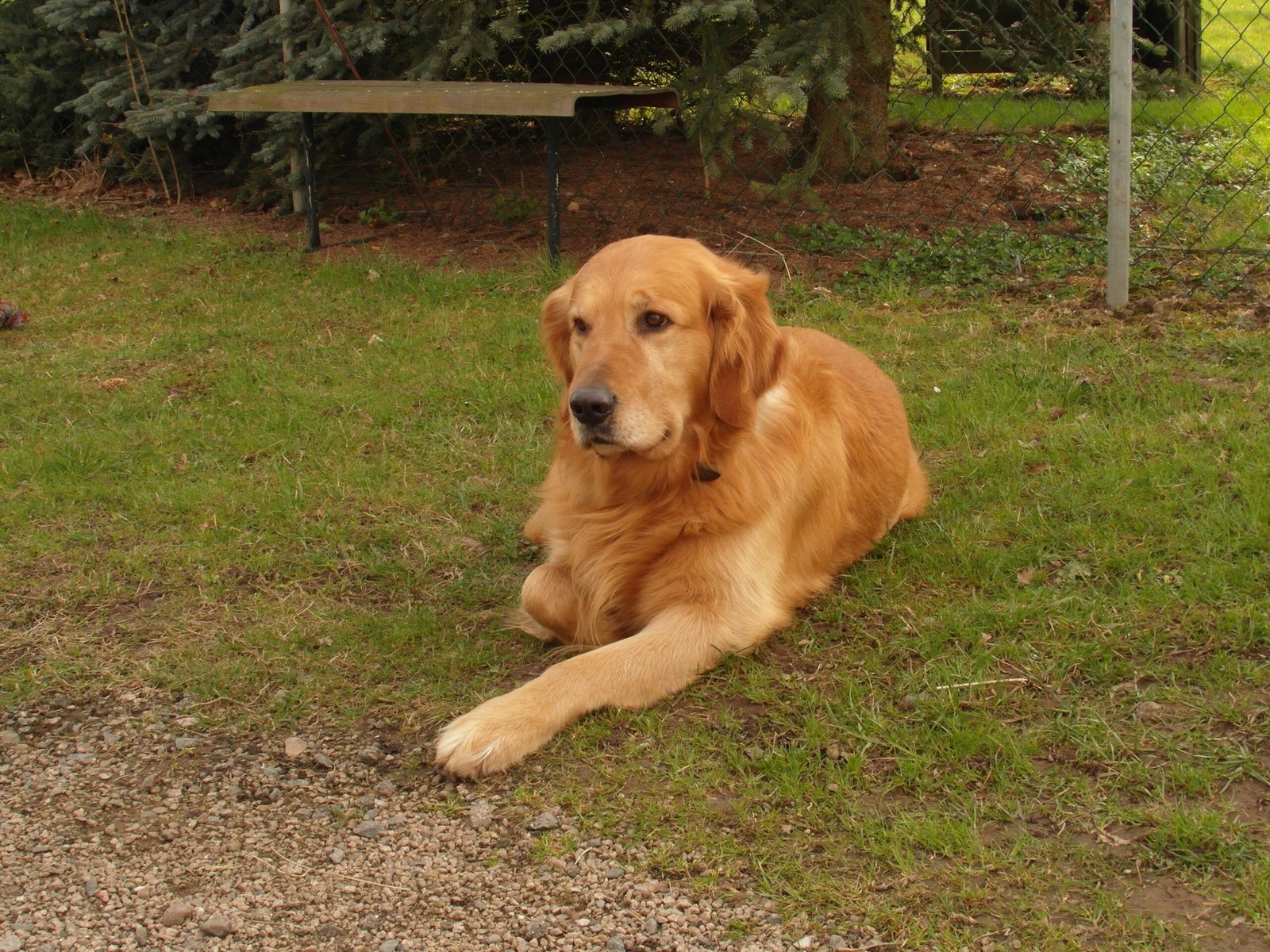
Golden Retrievers are gentle, eager, and incredibly people-oriented. Training should focus on nurturing their desire to please. Use gentle guidance, plenty of praise, and rewards like treats or their favorite toy. Goldens respond especially well to clicker training, which reinforces their accomplishments instantly. Group classes can be great for them, as they love social interaction. Practice patience, as these dogs can be sensitive to harsh tones. Incorporate cuddle breaks into training to show affection. When a Golden feels loved, they’ll do anything for you.
Boxers: Blending High Energy With Playful Discipline
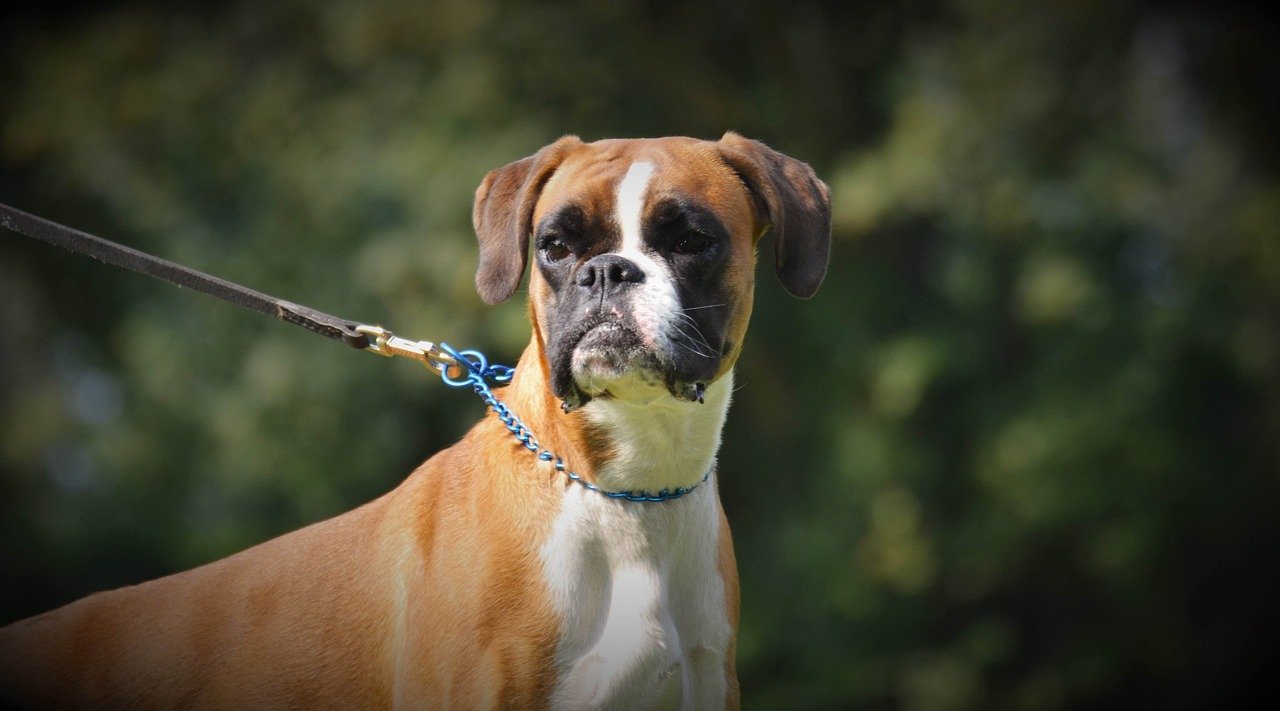
Boxers are clowns at heart, always ready for a game or a challenge. Training should feel like playtime to them, with lots of movement and interactive games. Use toys, especially tug ropes, as motivating tools. Short, upbeat sessions keep them interested, as they can lose focus quickly. Boxers are sensitive to their owner’s emotions—keep your tone positive and encouraging. Clear boundaries are important; let them know what’s expected, but always follow up with fun. When training is a joyful experience, Boxers become deeply attached to their humans.
Poodles: Stimulating Minds With Creative Tasks
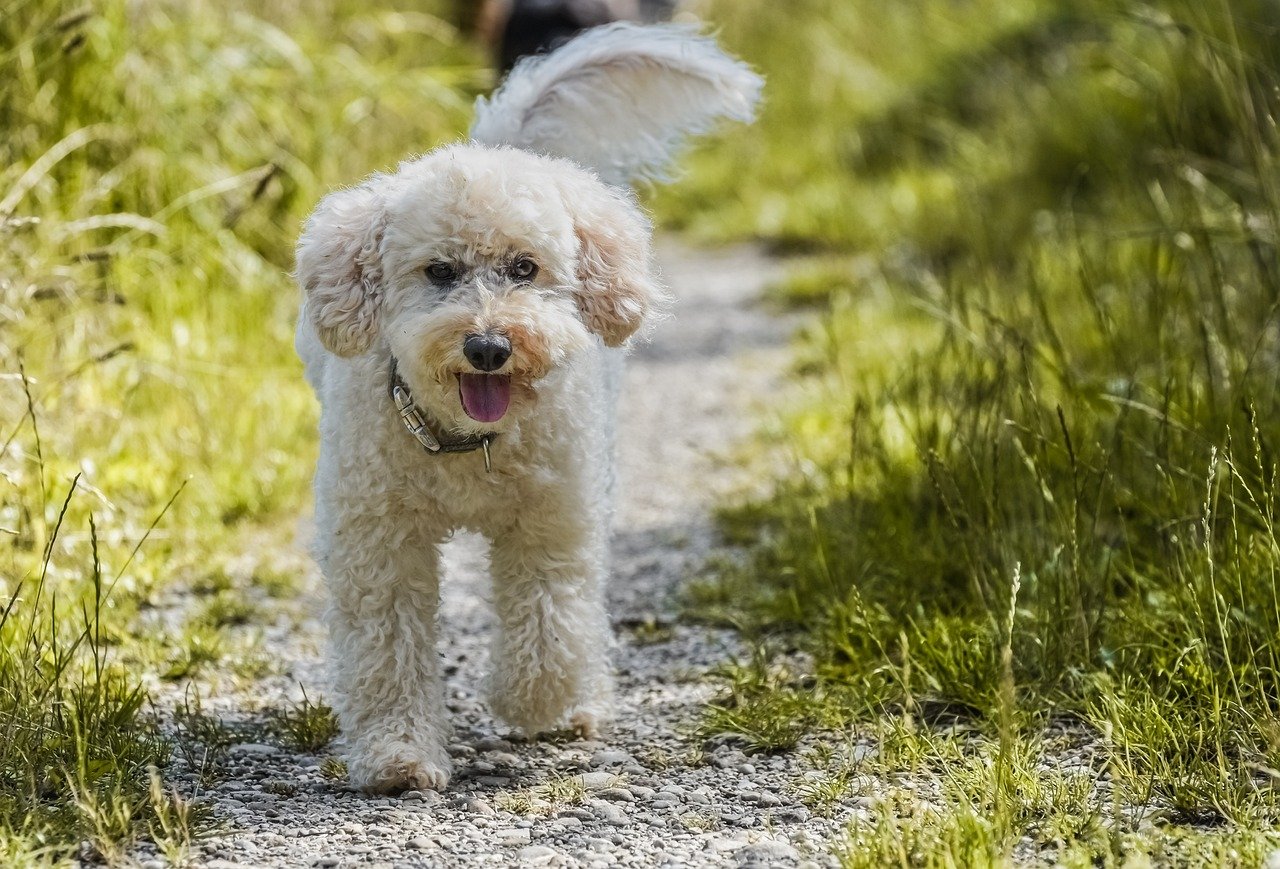
Poodles, whether Toy, Miniature, or Standard, are known for their intelligence and versatility. They adore learning tricks, performing routines, and solving puzzles. Incorporate training that uses their brains, like hide-and-seek or scent games. Poodles also thrive in obedience and agility sports—these activities strengthen teamwork. Gentle correction and clear communication are essential, as poodles can be sensitive. Regularly switch up routines to avoid boredom. When you make training a creative adventure, your Poodle will look to you for guidance and fun.
Bulldogs: Encouraging Patience and Gentle Leadership
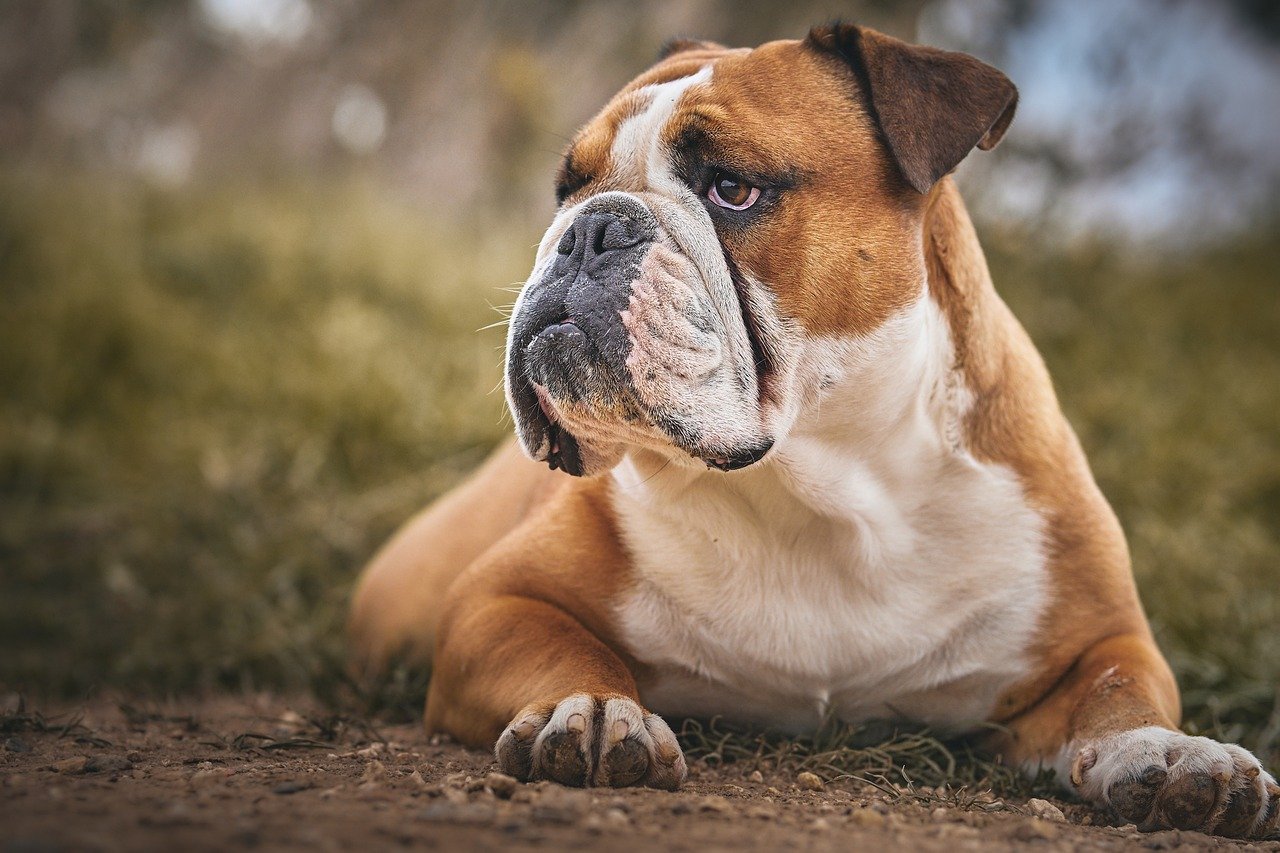
Bulldogs are stubborn but sweet, often preferring a slow and steady approach to life. Training must be patient and relaxed—never rushed or forceful. Use treats and gentle praise to motivate them, and keep sessions short and low-key. Bulldogs respond well to calm, consistent routines and need extra encouragement for physical activities. Avoid harsh corrections, as these can damage trust. Celebrate small victories to build their confidence. When you approach training with patience, Bulldogs reward you with unshakeable loyalty.
Siberian Huskies: Tapping Into Independence With Teamwork
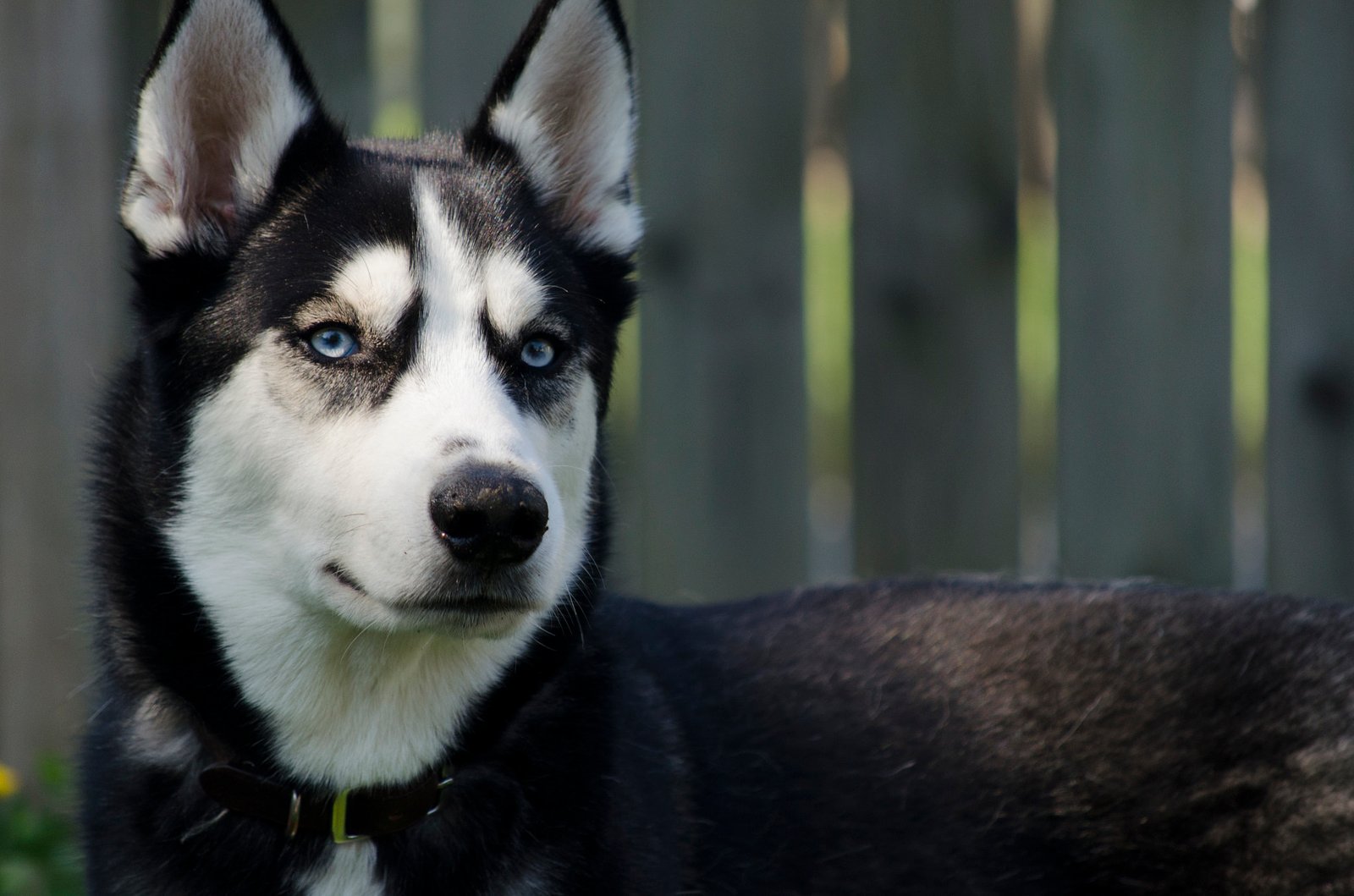
Siberian Huskies are independent thinkers, bred to work with minimal supervision. Training should harness this by focusing on cooperative activities, like sled pulling or jogging together. Use clear, direct commands and keep sessions fast-paced to match their energy. Huskies respond well to rewards, but they also need to feel like training is a game, not a chore. Socialization is important, as they can be escape artists if bored. Encourage teamwork through group activities or canine sports. When a Husky feels included as part of your “pack,” the bond becomes truly powerful.
Dachshunds: Building Confidence Through Positive Reinforcement
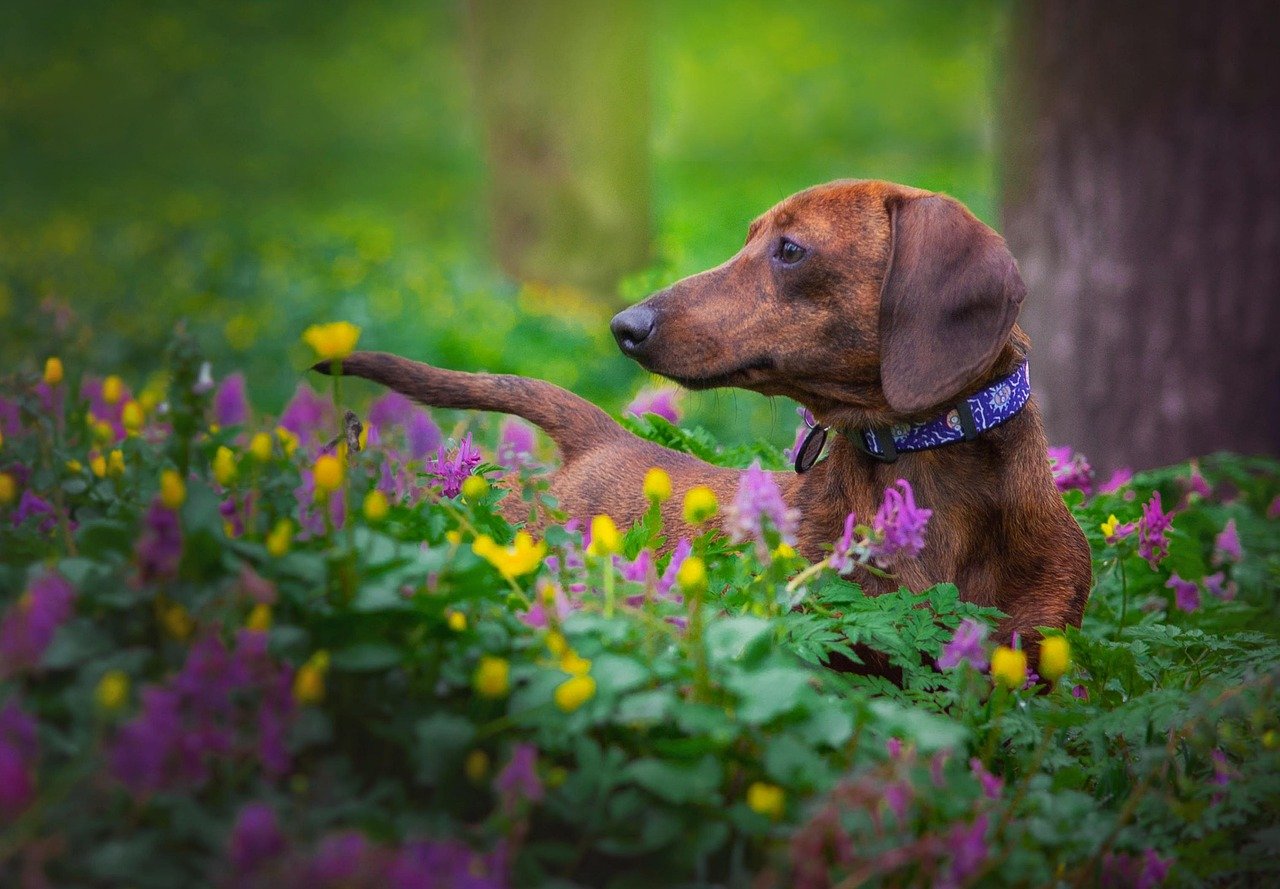
Dachshunds are courageous yet can be wary of new experiences. Training should focus on building their confidence, using lots of praise and gentle encouragement. Break tasks into small steps, rewarding each success. Avoid harsh corrections, as they may become stubborn or anxious. Scent games, like finding treats hidden under cups, play to their natural instincts. Keep sessions interesting and allow plenty of breaks. When a Dachshund feels supported and safe, they become fiercely loyal and loving.
Rottweilers: Cultivating Respect With Calm Authority
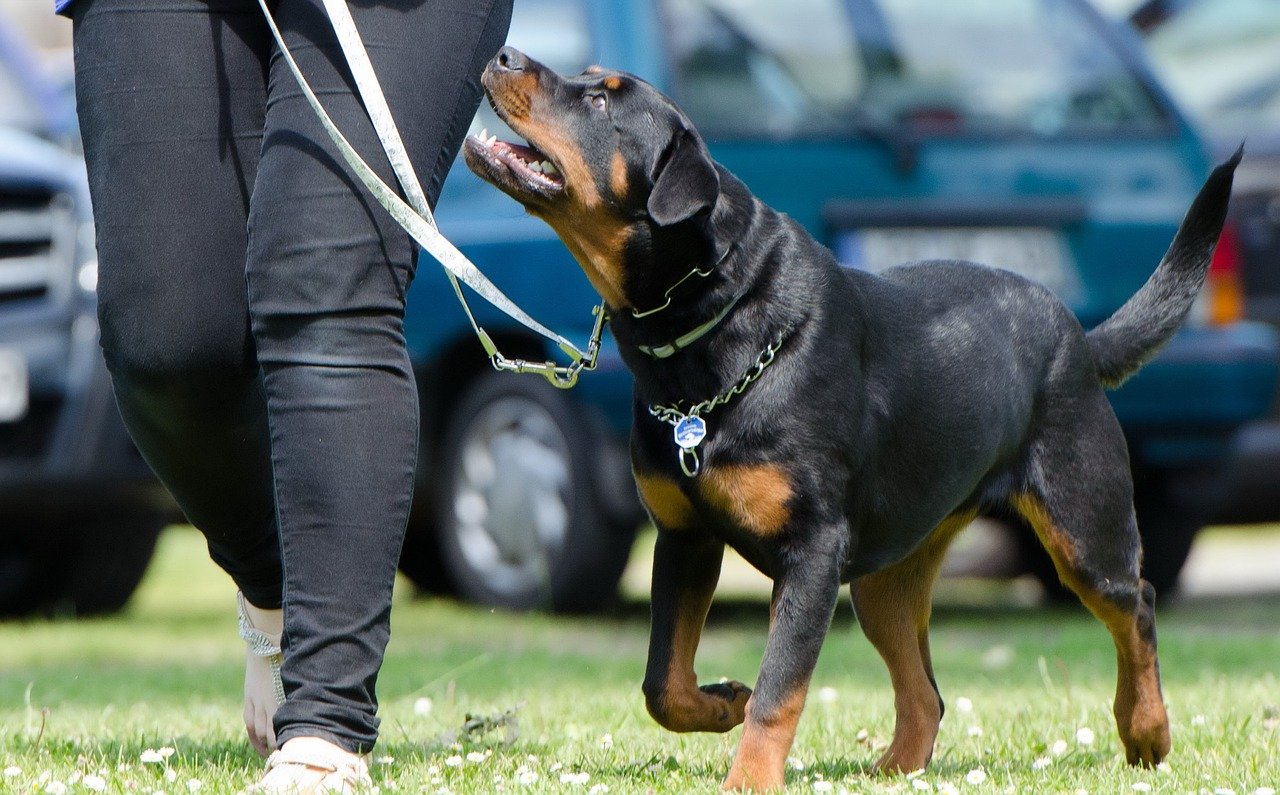
Rottweilers are strong, intelligent, and protective, often forming intense bonds with their families. Training should establish clear leadership through calm, assertive commands. Use rewards like treats, toys, or playtime, but avoid rough handling or raised voices. Socialization is critical—expose them to varied environments and people early on. Obedience classes or advanced training, such as protection sports, can give them a sense of purpose. Show affection often, but maintain boundaries. When a Rottweiler respects you, the relationship is built on trust and devotion.
Beagles: Satisfying Curiosity With Scent Work
Beagles are driven by their noses and can be easily distracted by smells. Training should incorporate scent games and tracking exercises, turning their curiosity into a strength. Use treats with strong aromas to catch their attention. Keep commands short and clear, repeating often to reinforce learning. Beagles enjoy group activities, as they are pack-oriented. Patience is necessary, as their focus can wander. When you make training a hunt for hidden treasures, your Beagle will look to you with eager eyes.
Cavalier King Charles Spaniels: Blending Gentleness With Consistent Cues
Cavalier King Charles Spaniels are affectionate and sensitive, thriving on gentle training methods. Use soft voices, treats, and lots of petting to encourage them. Consistency is important, as they respond best to routines. Short, enjoyable training sessions help keep their interest. Socialization with people and other dogs helps build their confidence. Avoid harsh corrections, as it can damage their trust. When training is loving and predictable, these Spaniels blossom into devoted companions.
Australian Shepherds: Directing Drive With Agility Challenges
Australian Shepherds are energetic and highly driven, excelling when given tasks that challenge both mind and body. Training should include agility courses, herding games, or advanced obedience drills. Use toys and praise as rewards, and always keep sessions dynamic. These dogs love to learn new things, so regularly introduce new tricks or challenges. They can become restless without enough stimulation, so daily training is key. When you turn training into a shared adventure, the bond with your Aussie deepens immeasurably.
Shih Tzus: Nurturing Willingness With Gentle Encouragement
Shih Tzus are known for their sweet disposition but can have a stubborn streak. Training should always be gentle and encouraging—use treats, praise, and plenty of affection. Keep sessions short and fun, avoiding repetitive drills. Shih Tzus respond well to routines and clear, simple commands. Socialization with other pets and people boosts their confidence. Never use rough handling, as they are sensitive to tone and mood. When training feels like a positive experience, your Shih Tzu will surprise you with their eagerness to please.
Dobermans: Reinforcing Loyalty With Purposeful Training
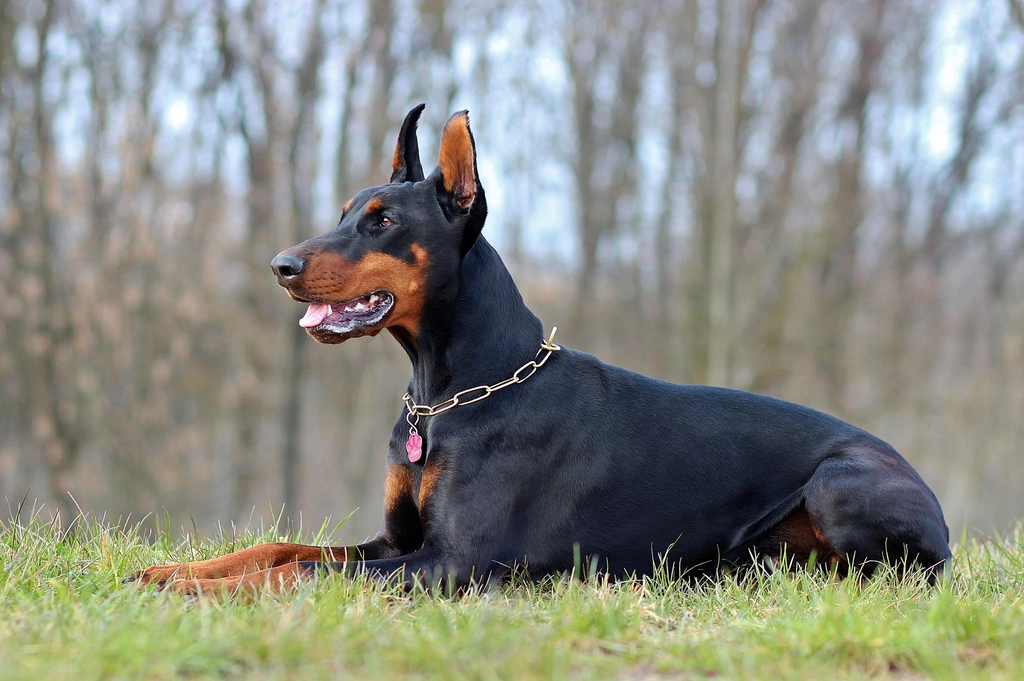
Dobermans are alert, loyal, and eager to work. Training should focus on purposeful tasks—think advanced obedience, tracking, or even service dog exercises. Use firm but fair leadership, combined with lots of praise and occasional treats. Dobermans thrive with regular mental and physical challenges, so keep training sessions varied and stimulating. Early socialization is essential for a well-rounded temperament. Show affection often to remind them they are part of your team. When a Doberman feels they have a purpose, they’ll be your most devoted protector and friend.
Every dog is unique, but understanding their breed’s natural tendencies can make training more effective—and far more rewarding. By working with your dog’s instincts instead of against them, you’re not just teaching commands; you’re building communication, trust, and mutual respect. Whether you have a high-energy herder or a laid-back lapdog, using breed-specific techniques helps create a deeper connection that benefits both of you for a lifetime. Training becomes more than a task — it becomes a shared language of love.

Linnea is a born and bred Swede but spends as much time as possible in Cape Town, South Africa. This is mainly due to Cape Town’s extraordinary scenery, wildlife, and atmosphere (in other words, because Cape Town is heaven on earth.) That being said, Sweden’s majestic forests forever hold a special place in her heart. Linnea spends as much time as she can close to the ocean collecting sea shells or in the park admiring puppies.

